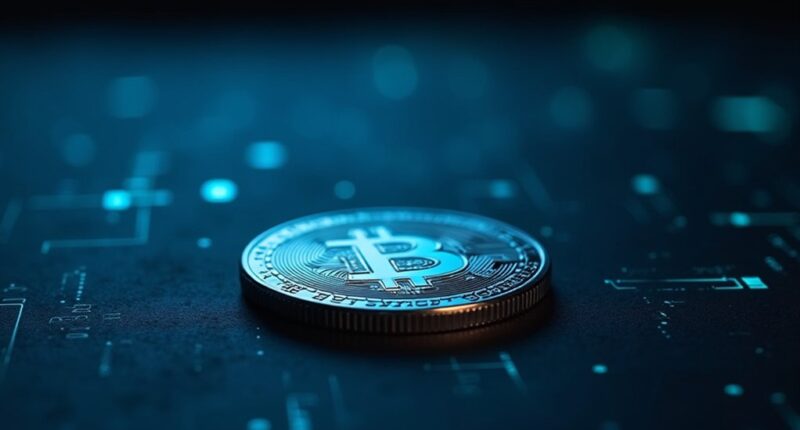In an unsurprising yet obligatory disavowal, Donald Trump Jr. has categorically denied any direct involvement with the $TRUMP meme coin—a digital asset that, despite its meteoric rise to a staggering $15 billion market cap, now languishes in near obscurity—while conveniently sidestepping the opaque reality that the Trump Organization and its affiliates still command a controlling 80 percent stake, raising uncomfortable questions about accountability, transparency, and the true extent of the family’s entanglement in an enterprise that has generated over $324 million in trading fees amid the chaos. This denial, predictably vague, sidesteps the inconvenient fact that such a dominant ownership share effectively guarantees influence, if not outright control, over the coin’s trajectory and the lucrative fees funneled to project creators via blockchain mechanics. Notably, media analysis tools reveal that significant portions of mainstream news outlets have largely ignored coverage of Trump Jr.’s distancing from the coin, highlighting a gap in public discourse.
While Donald Trump Jr. insists on distancing himself from the meme coin’s operational intricacies, other family members, including Eric Trump, have issued stern warnings against unauthorized exploitation of the Trump name, further muddying the waters between official involvement and plausible deniability. Meanwhile, Barron Trump’s statement disavowing ties to a specific wallet does little to clarify the broader murky ecosystem, especially given the Trump Organization’s plans to launch an official wallet through World Liberty Financial—an initiative that raises further questions about the family’s crypto ambitions amid a pivot born from being “debanked” by traditional financial institutions. Donald Trump Jr. has emphasized that his personal focus remains on other crypto ventures, specifically stablecoin and bitcoin mining activities, which he views as more legitimate and separate from the meme coin controversy.
This strategic retreat into cryptocurrency, with emphases on stablecoins and bitcoin mining, highlights a deliberate attempt to circumvent conventional financial scrutiny, leveraging blockchain’s anonymity as a shield against accountability. Yet, such maneuvers invite skepticism, particularly given the vast sums involved, the legal controversies over unauthorized use of the Trump brand, and the potential for opaque influence that critics argue undermines the transparency supposedly afforded by decentralized technology.









